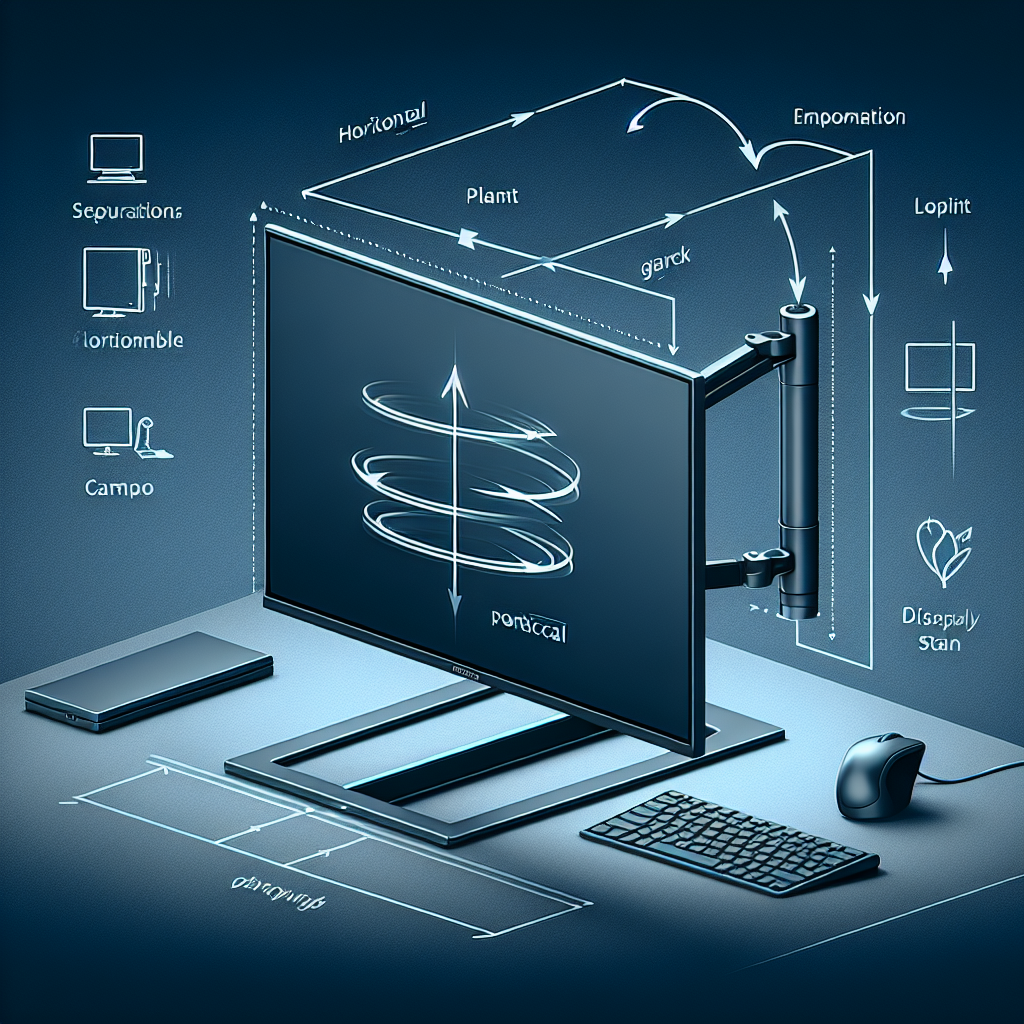Setting up your plasma monitor for vertical use can be a game changer for various applications, such as digital signage, artistic displays, or coding workspaces. This comprehensive guide will walk you through the necessary steps to properly configure your plasma monitor for vertical orientation, ensuring optimal performance and longevity.
Why Consider Vertical Orientation?
Using a plasma monitor in a vertical position can offer several advantages including:
- Improved readability: Vertical orientation can be more natural for certain content types like documents, web pages, and coding interfaces.
- Space saving: Vertically oriented monitors can free up desk space and make multi-monitor setups more efficient.
- Better visual impact: For digital signage, a vertical setup can be more attention-grabbing and engaging.
Prerequisites for Setting Up a Plasma Monitor Vertically
Before you get started, you’ll need:
- A plasma monitor with a VESA mount.
- An appropriate wall mount or desk stand that supports vertical orientation.
- A screwdriver and mounting screws.
- Video input cables (HDMI, DisplayPort, etc.).
Step-by-Step Guide to Vertical Setup
1. Verify Compatibility
Ensure that your plasma monitor is compatible with vertical use. Some monitors are better suited for horizontal use and may have ventilation issues when placed vertically.
2. Choose a Stable Mount
Select a wall mount or a desk stand that supports vertical orientation. Ensure that it is stable and can handle the weight of your monitor.
3. Attach the Mounting Bracket
Follow these steps to attach the mounting bracket:
- Locate the VESA mounting holes on the back of your monitor.
- Align the bracket with the mounting holes.
- Secure the bracket using the provided screws and a screwdriver.
4. Secure the Monitor
Now, secure your monitor to the wall mount or desk stand:
- Lift the monitor and align it with the mount.
- Secure the monitor to the mount according to the manufacturer’s instructions.
5. Adjust Display Settings
Once the monitor is securely mounted, you need to adjust the display settings:
- Right-click on your desktop and select Display settings.
- Under the Orientation tab, select Portrait.
- Confirm the changes.
Maintenance Tips
To ensure your vertically oriented plasma monitor runs smoothly, follow these maintenance tips:
- Ventilation: Make sure the ventilation slots are not blocked to prevent overheating.
- Regular Cleaning: Clean the screen and vents regularly to avoid dust buildup.
- Avoid Direct Sunlight: Place the monitor in a location that avoids direct sunlight to prevent overheating and screen damage.
Common Issues and Troubleshooting
If you encounter problems, here are some troubleshooting tips:
- Display Issues: Check your display cables and ensure they are securely connected. Try restarting your monitor and computer.
- Overheating: Ensure adequate ventilation and consider using a cooling fan if necessary.
- Monitor Not Recognized: Verify that all drivers are up-to-date and that your computer recognizes the monitor in its new orientation.
Conclusion
Setting up a plasma monitor for vertical use involves a few straightforward steps, from verifying compatibility and choosing a stable mount to adjusting the display settings and ensuring proper maintenance. By following this guide, you can enjoy the benefits of a vertically oriented monitor for your specific needs.

